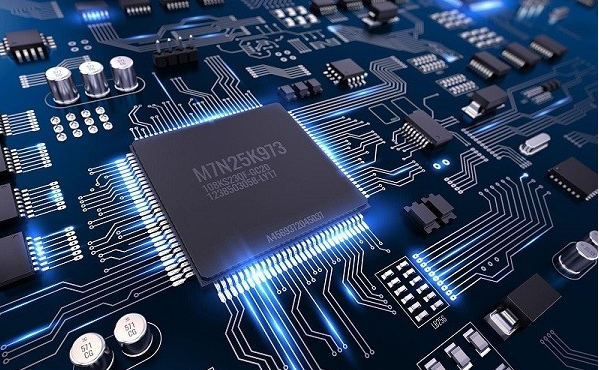4 special silver plating methods in the silver plating of the line board proofing workshop
Circuit board proofing workshop silver plating: the first type, finger row silver platingIt is often necessary to plate rare non-metals on board edge connectors, board edge general contacts or gold fingers to require lower contact resistance and higher wear resistance. This technique is called finger row silver plating or general overall silver plating . Gold-plated connectors are usually touched on the edge of the plated with nickel inner layer. The gold finger or the edge of the board generally adopts fine work or active silver plating technology. The current contact pin or the study abroad on the gold finger has been plated or plated Replaced by lead and plated buttons.
The process is as follows:
(1) Strip the insulation layer to remove the tin or tin-lead insulation layer on the general contacts
(2) Rinse with washing water
(3) Scrubbing with abrasives
(4) The activation is diffused in 10% sulfuric acid
(5) The thickness of nickel plating on the general contact is 4 -5μm
(6) Washing and removing mineral spirit water
(7) Gold soaked filtrate solution
(8) gold-plated
(9) Cleaning
(10) Drying

The second type, through-hole silver plated
There are many ways to build a layer of silver plating that meets the requirements on the hole wall of the substrate drilled hole. This is called hole wall activation in light industry use. The commercial production process of its printed channel requires multiple two-end storage tanks. The storage tank has its own control and maintenance requirements. Through-hole silver plating is a follow-up redundant manufacturing process of the drilling manufacturing process. When the drill bit drills through the copper foil and the substrate above it, the heat generated causes the insulating resin that forms most of the substrate matrix to condense, and the condensed resin and other drills Hole fragments are deposited around the hole and coated on the newly exposed hole wall in the copper foil. In fact, this is not harmful to the subsequent silver plating. The condensed resin will also leave a layer of thermal axis on the wall of the substrate hole. It exhibits poor adhesion to most of the activators. This requires the development of a class of similar de-staining and etch-back chemistry skills.
A method that is more suitable for the manufacture of printed vias is to use a specially conceived low-viscosity ink to form a high-adhesion, high-heterogeneity film on the inner wall of each through hole. In that way, there is no need to use multiple chemical solutions, just use the method once, and then stop the thermal curing, and then a continuous film can be formed on the inner side of all the hole walls, and it can be indirectly silvered without further solutions. This kind of ink is based on the spirit of resin. It has very strong adhesion and can bond to most of the hot-polished hole walls with no effort, so that the method of etchback is eliminated.
The three types, the reel interlocking type choice plating
The pins and pins of electronic components, similar connectors, integrated circuits, junction transistors, and flexible printed circuits are all adopted to choose plating to lose excellent contact resistance and corrosion resistance. This silver-plating method can adopt the fine work form, and can also adopt the active form. In common, it is very noble to choose each pin for each degree of plating, so it is necessary to adopt batch riveting. Generally, the two ends of the non-metallic foil that are rolled into the required thickness are stopped and punched, and the chemical or mechanical methods are used to stop the clean, and then there are choices such as nickel, gold, silver, rhodium, button or tin-nickel alloy, copper-nickel Alloys, nickel-lead alloys, etc. stop silver plating one after another. This silver plating method is being chosen, and the first non-metallic copper foil plate is covered with a layer of resist film on all parts that do not require silver plating, and only the selected copper foils are completely silver-plated.
The fourth type, brush plating
Another alternative to plating is called "brush plating". It is a kind of electric accumulation technology, in the silver plating process, not everything is submerged in the electrolyte. In this silver-plating skill, silver-plating is only stopped for infinite seas, and there is no response to the rest of the whole. Generally, the rare non-metal is plated on the whole selection of printed circuit boards, similar to sea areas such as board edge connectors. Brush plating is used more in the electronic disassembly team to repair and abolish the access board. Put the once special positive electrode (the positive electrode with no vivid chemical reaction, similar to graphite) into the attractive material (grass cotton stick), and use it to bring the silver-plated filtrate back to the center where the silver plating needs to be stopped.